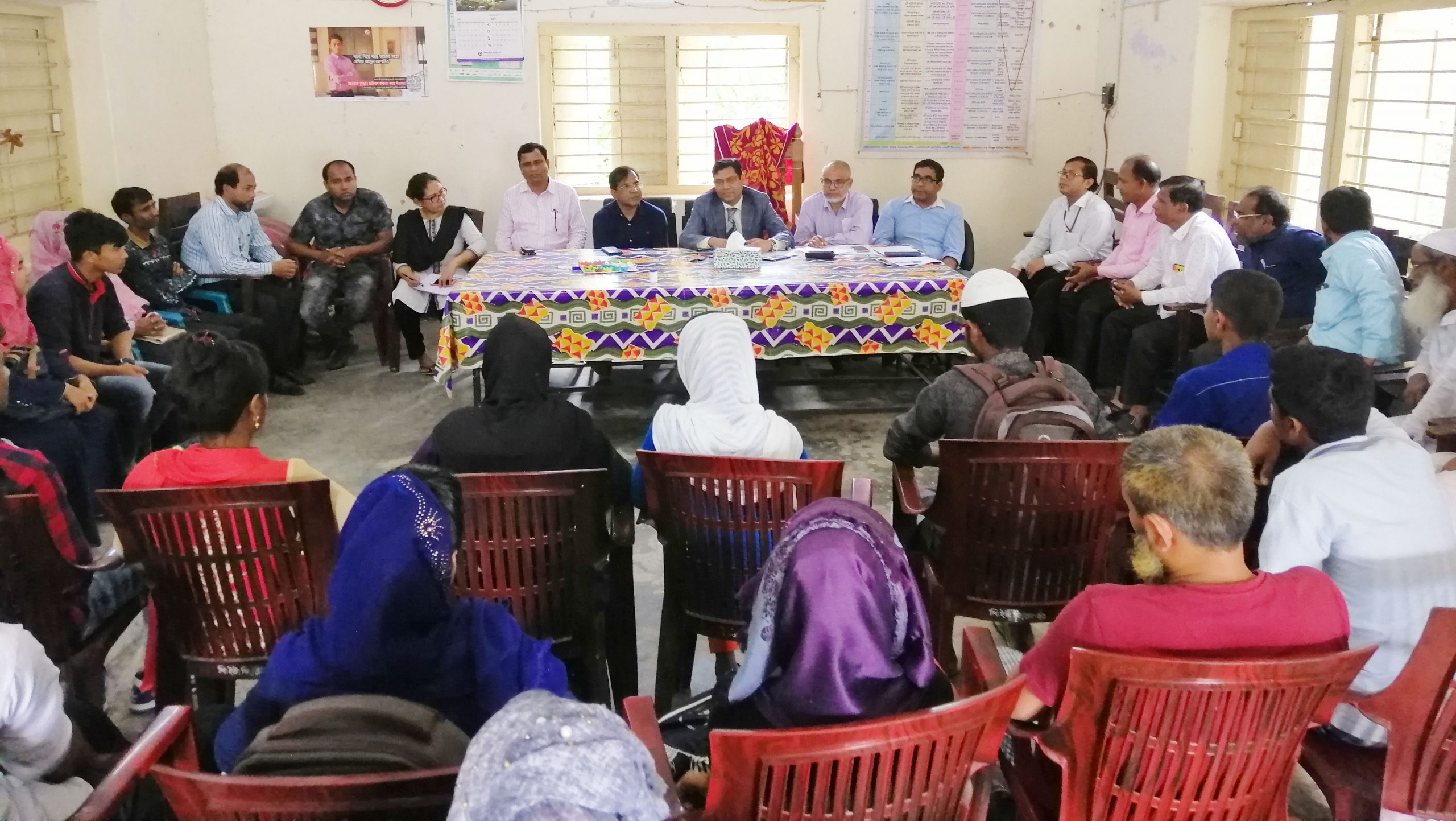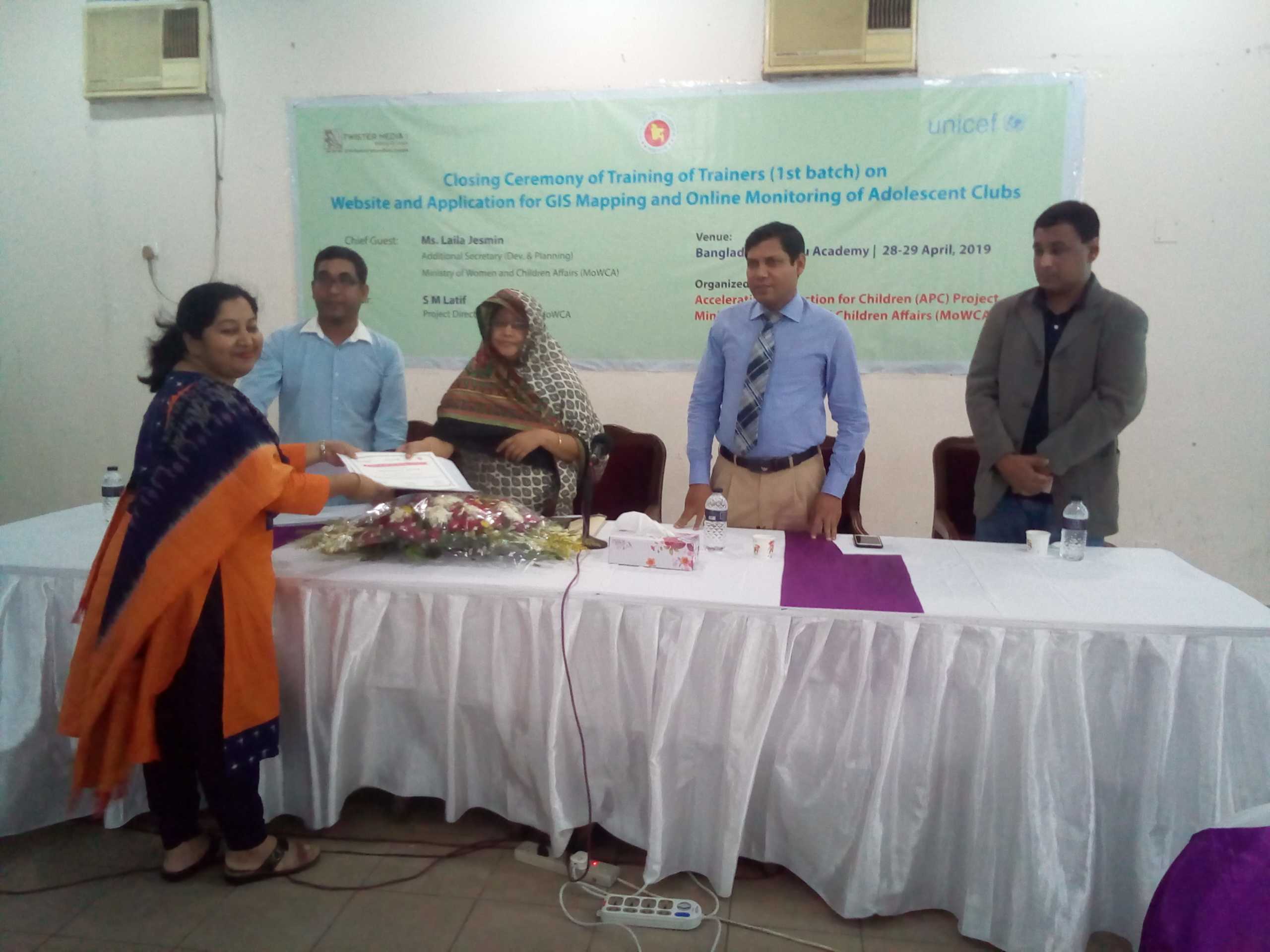About Our Program (KKCP)
- The current adolescent population provide opportunity for demographic dividend in Bangladesh because the adolescents constitute over 23% of the population, a total of at least 32 million individuals. Child marriage, teenage pregnancies, micronutrient deficiencies, risky sexual behaviour, sexually transmitted infections and HIV/AIDS, injuries, tobacco, alcohol or drugs, exposure to mental trauma continue to be concerns in adolescents
- UNICEF along with the GOB have been running multi-dimensional specialized project-based approaches to provide services to the adolescents of Bangladesh. UNICEF Child Protection) CP section has launched a large project named Enabling Environment for Child Rights (EECR) under the Ministry of Women & Children’s Affair (MOWCA) since 2012
- Through EECR project (2012-16) the CP section has been supporting more than 120,000 adolescents by establishing more than 3,000 adolescent clubs all over the country through PCA partnerships with lead NGOs. By observing positive changes through these specialised programmes at the national and international spheres, presently the adolescents have acquired the recognition as “change of agent” in a society
- The EECR project and the PCA partnerships with NGOs have come to an end in June 2017. UNICEF started a new project for adolescents entitled, “Accelerating Protection of Children” (July 2017-June 2020)
- On the other hand, based on some research findings by UNICEF, the GOB has decided to mainstream the concept of club modality to empower adolescents which has been reflected in the national budgetary allocation of 2017 under MOWCA for operating more than 5,300 adolescent clubs all over the country
- UNICEF, CP section has agreed to provide support to approx. 280,000 adolescents (40 adolescents per club) under the APC project

Introduction
- The current adolescent population provide opportunity for demographic dividend in Bangladesh because the adolescents constitute over 23% of the population, a total of at least 32 million individuals.
Objective
- The current adolescent population provide opportunity for demographic dividend in Bangladesh because the adolescents constitute over 23% of the population, a total of at least 32 million individuals.


